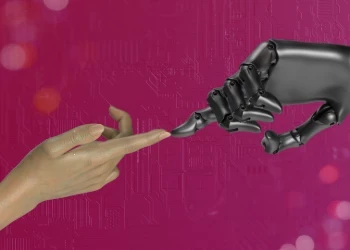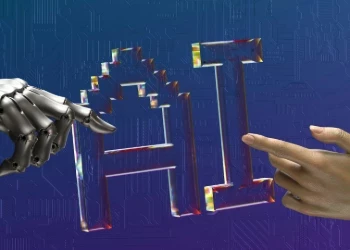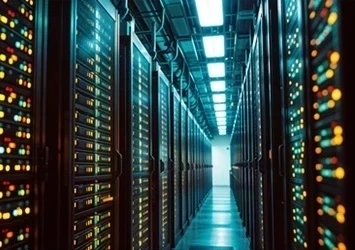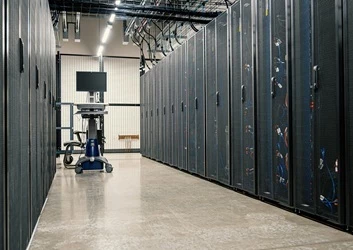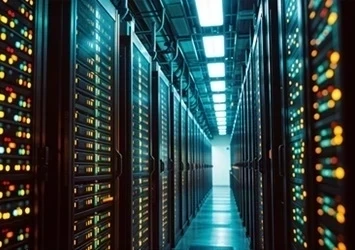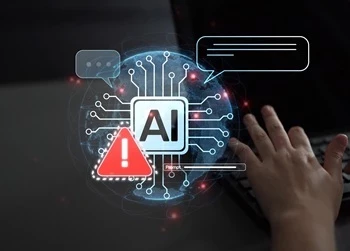3 Ways AI and Advanced Analytics are Being Used to Combat Covid-19
How the Coronavirus pandemic accelerated the use of AI and predictive analytics in life sciences, public health and patient care
Add bookmark
The fight against Covid-19 has ushered in an era of unprecedented collaboration and innovation. While many life sciences, public health and healthcare organizations were experimenting with Artificial Intelligence (AI) and advanced analytics, the pandemic has unleashed a surge of breakthrough developments in this area that will shape these industries for years to come.
Covid-19 Risk & Logistics
From the onset, “big data” and AI have played central roles in the Covid-19 response. Not only was data used to track the spread of the virus, but predict the next hot spot in new and increasingly innovative ways. For example, Mayo Clinic researchers used web-based predictive analytics methods to identify the next COVID-19 hot spots – as early as 16 days prior to the first reported case in some states - by analyzing Google keywords.
AI is also being used in hospitals to help them more efficiently screen patients for Coronavirus infection, predict potential complications and more effectively allocate resources such as beds and ventallators. Though they have yet to be implemented in the real world, researchers have also developed AIs to rapidly scan chest X-Rays for signs of Covid-19 and, by analyzing forced-cough recordings, distinguish asymptomatic people from healthy individuals.
AI-Powered Drug Discovery
There are few undertakings more expensive than developing a new vaccine. On average, the cost of developing a vaccine—from research and discovery to product registration—is estimated to be between US $200 -$500 million per vaccine. In addition to being costly, vaccine development is also time consuming, taking 5-10 years on average.
Though the successful development of the COVID-19 vaccination is, more than anything else, a testament to human ingenuity and determination, AI, advanced analytics and machine learning certainly played a role in accelerating the process.
For example,using a machine learning tool known as Smart Data Query (SDQ), Pfizer was able to reduce the time it takes to review clinical data from one month to 22 days. SDQ also reduced the cycle time to identify and call out a query by 50% within the COVID-19 vaccine trial and, over the course of 4 months, “adjusted and reconciled over 103 million combinations of clinical data points to detect discrepancies and prompt queries.”
In addition, during the clinical trials phase, Moderna’s scientists relied on Amazon Redshift AWS's fully managed data warehousing service to aggregate and analyze results from dozens of parallel experiments. This enabled them to make better clinical decisions faster than ever before. This is just one example of how Moderna uses AI to enable “key breakthroughs in analytics and predictive modeling, that will help accelerate our learning cycle drastically, providing us with critical insights into research and production data that were otherwise inaccessible and unachievable.”
Vaccine Distribution
On March 4, 2021, Moderna and IBM announced they were teaming up to “explore technologies, including artificial intelligence, blockchain and hybrid cloud, that could help support smarter COVID-19 vaccine management. Central to the effort will be a pilot of open, standardized, technology-enabled vaccine distribution approaches aimed to improve supply chain visibility and foster near real-time tracking of vaccine administration.”
The goal of this project is to boost vaccination rates by facilitating information sharing between governments, healthcare providers, life science organizations and patients. In addition, they also hope to establish:
- End-to-end traceability to address potential supply chain disruptions, which would enable governments and healthcare providers to share data on individual vaccine batches throughout the supply chain
- “Digital Health Passes” - powered by blockchain technology, this solution would allow individuals to share health information (i.e. vaccine status, Covid test results, temperature checks) with organizations (i.e. employers, airlines, etc.).
- Increased transparency and thereby trust with communities who may be hesitant to get the Covid-19 vaccine
Vaccine developers and distributors have also embraced AI as a way to manage and make sense out of the massive amounts of data these efforts haver created, according to Matthew Putman, CEO of Nanotronics. As he explained to TechRepublic, "People are more open to AI than ever, and this emergency has brought a focus on things that probably would have been on the backburner. But AI is starting to be used for classification and to understand what genomic features and what type of nano compounding has been going on.” In other words, it’s helping organization track and better understand the impact new variants have on the vaccine.
In Conclusion…
Simply put, you can’t compute the uncomputable. As few things are more complex than global epidemics, it’s not totally surprising that machine intelligence can only do so much in such environments. Though AI may never be able to cure diseases or predict the spread of diseases with 100% accuracy, it can help make these human-led endeavors more efficient and collaborative.
More than any single technological breakthrough, the pandemic’s most significant contribution may be the breaking down of silos between research institutions, provider organizations, pharmaceutical companies, government agencies and other healthcare bodies. Should this new increase in data sharing become permanent or even lead to the creation of a centralized data sharing body down the line, there is no telling what could be accomplished.












